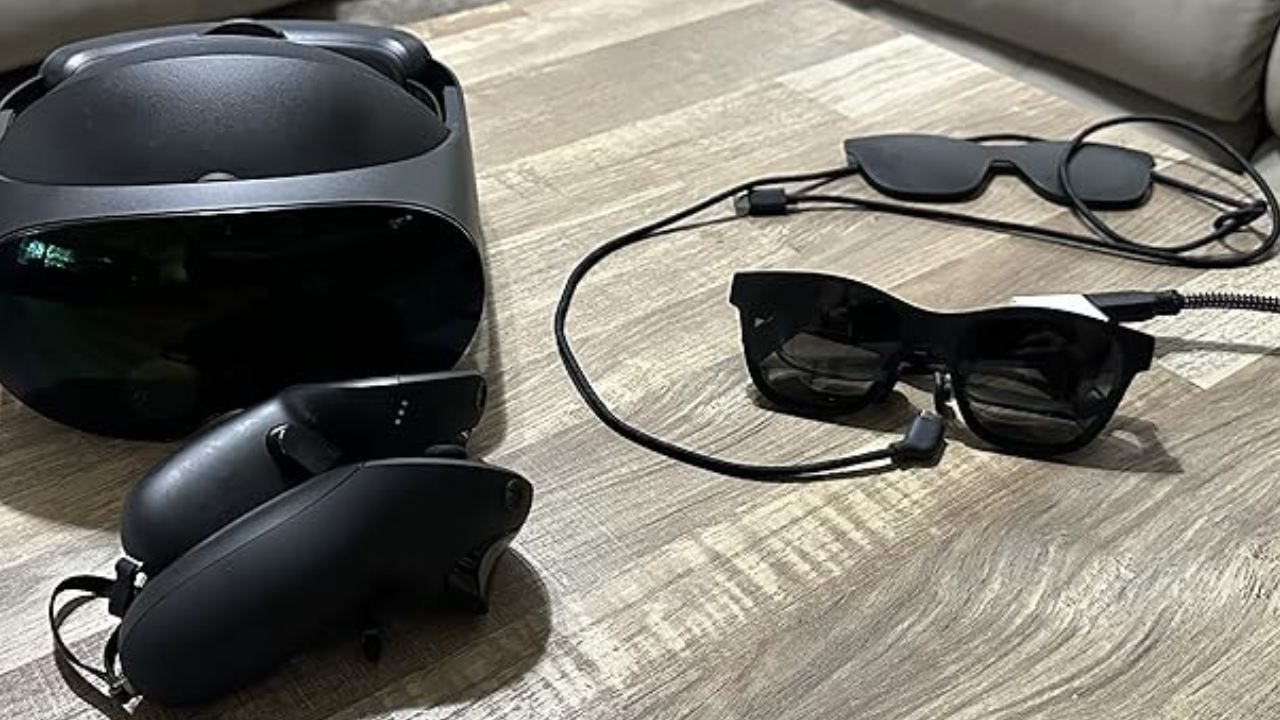Smart glasses are wearable gadgets that combine cutting-edge technology with conventional eyewear to create multipurpose devices. In contrast to traditional glasses, smart glasses come with capabilities like displays, sensors, and connectivity choices that let users access digital information without requiring their hands.
These smart eyewear gadgets frequently work as a link between the actual and virtual worlds, offering users real-time data, interactive features, and augmented reality (AR) experiences. Smart glasses come in many forms and sizes. A complex combination of materials and technology is used in the manufacturing of smart glasses with display. Common versions include alerts and navigation support, while more specialized models are employed in industries like healthcare to show patient data or help surgeons during operations.
Materials Used In the Construction of Smart Glasses
Smart glasses are a new kind of wearable technology that improves our daily lives by fusing fashion and cutting-edge technology. We will examine the different kinds of materials that go into making smart glasses and explain the role they play in making these cutting-edge gadgets.
Elements of Design and Frames
Conventional Materials: Acetate, titanium, and metal alloys are examples of conventional materials used to make the frames of smart glasses. These materials offer a range of design options, flexibility, and durability. Lightweight Polymers: Manufacturers utilize lightweight polymers like TR-90 to improve comfort over extended use. These components lighten the total weight of the glasses and help to create a more ergonomic shape.
Optical
The lenses of smart glasses are made of superior plastics that provide both impact resistance and clarity. High-index polymers and polycarbonate are frequently utilized because of their resilience to normal wear and tear and lightweight nature. Certain smart eyewear brands use photochromic coatings, which automatically change the lenses’ color according to the surrounding light. By enhancing visibility in a variety of situations, this technology increases user comfort.
Technology of Displays
Smart eyewear displays are frequently built using LCD technology. These displays are appropriate for wearable devices since they have low power consumption and great resolution. MicroLED technology is playing a major role and is being used in smart eyewear. MicroLEDs give a better visual experience because they are small, effective, and produce vivid colors.
Connectivity and Sensors
Motion tracking in smart glasses is made possible by MEMS sensors, such as gyroscopes and accelerometers. To improve the user interface and enable features like augmented reality (AR), these sensors are usually incorporated into the frame. Connectivity Requirements: Bluetooth technology is frequently used to provide smooth connectivity for smart glasses.
Energy Sources
Lithium-ion batteries strike a balance between size and energy storage capability, making them perfect for smart glasses due to their compact design. The frame is thoughtfully designed by the manufacturer to covertly hold the battery. Wireless Charging Modules: A few smart glasses have wireless charging built-in, making it easier for consumers to top up their devices.
Parts of Augmented Reality
To overlay digital content on the user’s field of vision, AR-capable smart glasses frequently make use of waveguide displays. These displays, which guide light to create a virtual image without blocking natural vision, are integrated into the lens. Optical elements such as mirrors and beam splitters are deliberately positioned within the glasses to reflect and direct light, enhancing the augmented reality experience without sacrificing the overall aesthetic.
Sensors for Frames and Biometric Attributes
Smart glasses may have touch-sensitive areas on their frames, enabling users to tap and gesture to interact with the device. Because of their user-friendly interface, these sensors improve the user experience. Biometric sensors, such as heart rate monitors and eye tracking technology, are included in some of the more sophisticated smart glasses. These sensors collect data to improve the device’s functionality, such as fitness tracking and gaze-based navigation.
Conclusion
A careful selection of materials that balance form and function is required in the production of smart glasses. Every element, from lenses and frames to cutting-edge technologies like biometric sensors and augmented reality displays, adds to the entire user experience. The materials used in smart glasses will advance along with technology, pushing the limits of what these cutting-edge devices can accomplish at the nexus of fashion and technology.
